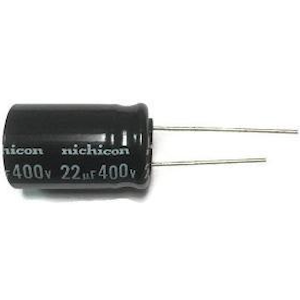Your Cart is Empty
Fuses
- ACK
- ACL
- AGA
- AGC
- AGW
- AGX
- ALS
- ANN
- ANL
- BAF
- BAN
- BBS
- CT
- C10
- DFJ
- DMM
- ECNR
- ECSR
- EDCC
- EET
- ET
- FE
- FEE
- FM
- FNA
- FNM
- FNQ
- FNQ-R
- FRN-R
- FRS-R
- FWA
- FWC
- FWH
- FWJ
- FWP
- FWX
- GLR
- GMA
- GMT
- HAC-R
- HCLR
- HCTR
- HVA
- JDL
- JJN
- JJS
- JKS
- KAA
- KAB
- KAC
- KBC
- KBH
- KLM
- KLU
- KON
- KOS
- KRP-C
- KTK
- KTK-R
- KTN-R
- KTS-R
- KTU
- LENRK
- LET
- LESRK
- LMT
- LP-CC
- LPJ
- LPN-RK
- LPS-RK
- MEN
- MEQ
- NON
- NOS
- REN
- RES
- S
- SC
- T
- TCF
- TCF-RN
- TPA
- TPC
- TPL
- TPN
- W
- 170H
- 170M
- 170L
- ACK
- ACL
- AGA
- AGC
- AGW
- AGX
- ALS
- ANN
- ANL
- BAF
- BAN
- BBS
- CT
- C10
- DFJ
- DMM
- ECNR
- ECSR
- EDCC
- EET
- ET
- FE
- FEE
- FM
- FNA
- FNM
- FNQ
- FNQ-R
- FRN-R
- FRS-R
- FWA
- FWC
- FWH
- FWJ
- FWP
- FWX
- GLR
- GMA
- GMT
- HAC-R
- HCLR
- HCTR
- HVA
- JDL
- JJN
- JJS
- JKS
- KAA
- KAB
- KAC
- KBC
- KBH
- KLM
- KLU
- KON
- KOS
- KRP-C
- KTK
- KTK-R
- KTN-R
- KTS-R
- KTU
- LENRK
- LET
- LESRK
- LMT
- LP-CC
- LPJ
- LPN-RK
- LPS-RK
- MEN
- MEQ
- NON
- NOS
- REN
- RES
- S
- SC
- T
- TCF
- TCF-RN
- TPA
- TPC
- TPL
- TPN
- W
- 170H
- 170M
- 170L

Electrolytic Capacitor Guide
November 23, 2018 1 min read
Replacing Electrolytic Capacitors
Electrolytic capacitors contain electrolytes, a paste/gel that contains a high concentration of ions. Therefore, they can achieve a higher capacitance-voltage than other capacitor types. Due to their small size, polarization, and high capacitance, they are often used in DC power supply circuits for coupling and decoupling applications or used as filtering devices to reduce voltage ripple. Some drawbacks of electrolytic capacitors include short lifetimes, large leakage currents, and value tolerances.
Watch this short video and read below for details!
Capacitor Characteristics

As seen on this capacitor, its characteristics are printed on its body. It reads 22μF 400V. It is a 105°C 22UF 400V 20% capacitor.
Capacitance is measured in pico-Farads (pF), nano-Farads (nF) or micro-Farads (μF). This capacitor has a nominal capacitance value of 22 micro-Farads. Its tolerance level is 20%. This corresponds to the limit in which its actual capacitance can vary from its nominal value. So, for this capacitor, its actual capacitance may vary from anywhere between 17.6 to 26.4 micro-Farads.
The working voltage of a capacitor is the maximum voltage that can be applied to the capacitor. 10V, 16V, 25V, 35V, 50V, 63V, 100V, 160V, 250V, 400V, and 1000V are the most common voltages. In this capacitor, its voltage is 400V. It is fine to replace capacitors with one of higher voltage (25V may be replaced with 50V), but never replace a capacitor with one of lower voltage.
Extreme temperature surrounding the capacitor will affect its performance. The 105°C corresponds to its highest working temperature. Capacitors may fail to work below -10°C.

